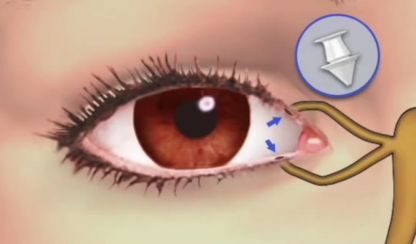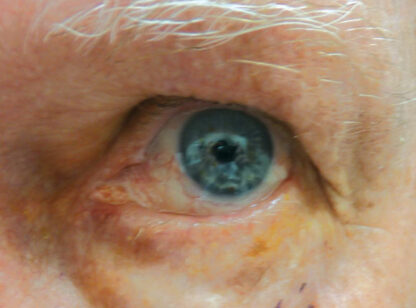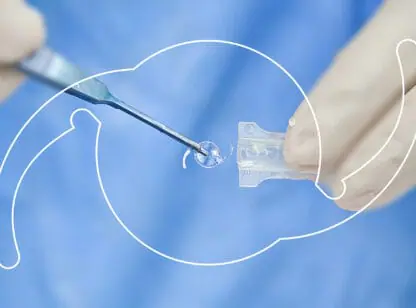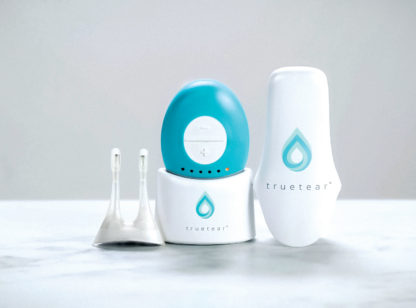During the past 20 years, numerous studies have shown a contact lens drop-out rate around 20 percent, most often due to discomfort from dryness. The incidence of dry eye increases with age and to help keep patients comfortable in lenses doctors must first address the underlying dry eye.
Fortunately, there are now newer options in contact lenses to help address aspects of comfort/drying as well as improve visual outcomes. These can be broken down into subgroups as follows:
Material Changes – Silicone hydrogels: These lenses now account for more than 80% of new toric soft lenses prescribed. They are a popular option because silicone materials have been shown to decrease complications such as hyperemia, dryness and discomfort. Silicone is naturally more oxygen permeable so these lenses can prevent corneal neovascularization due to low oxygen at the cornea.
Non-HEMA Materials: These lens materials, although not standardly soft or silicone, have improved wetting and less drying properties. A typical soft lens will dehydrate 6-8% during a normal 10-hour day. Newer materials lose only 2-3% of their typical hydration.
Modality: Changing from more prolonged wear to daily disposables creates fewer problems with accumulation of surface deposits. This enhances tear spreading over the corneal surface and improves wetability. It also reduces the risk of infection. Controlled studies have shown a high bacterial colonization rate in cases when ulcers and infectious keratitis is present. A daily replacement lens is not stored so it reduces the infection risk as well as reduces drying.
Expanded Parameters: Newer designs of lenses have a wider variety of both multifocal (presbyopic) and astigmatism corrections. This shows maturity of the current market and an expansion of newer materials to better address more difficult prescriptions or more specific tasks. Previously patients with astigmatism had few options but to wear reading glasses over their contact lenses. Today doctors have more freedom to incorporate both into a prescription.
Scleral lenses: With technical advancements and the knowledge gained through scanning laser topography there has been a resurgence in the use of scleral lens designs. Scleral lenses used to be quite uncomfortable. New designs are now comparable to soft lenses in comfort. Scleral lenses have the advantage of vaulting the cornea; they are much larger than standard soft or gas-permeable lenses providing a tear film which in effect bathes the cornea in tears. That principal allows the lenses to be used for both diseased corneas such as dry eye, keratoconus as well as astigmatism. The highly polished surfaces give more stable vision correction for patients with astigmatism.
Gas-Permeable: Reverse geometry lenses: These new lenses have oblate (think dipping down like a bowl) versus prolate (think curved like a cone) surfaces. They fit remarkably well for patients that have had corneal surgery such as lasik, radial keratotomy, and photo-refractive keratotomy. In these cases the vision improvement can be quite remarkable as the lenses really replace small optic zones with larger improved optic zones.
Semi-scleral lenses: These lenses are bigger than normal gas-permeable lenses but smaller than scleral lenses. They correct really well for irregular corneal surfaces as well as edge-to-edge astigmatism. Like scleral lenses, they are also very comfortable.
With newer approaches and solutions contact lens wearers can successfully continue on much later in life and for more varied vision environments.
Dr. Evans is the founding owner of Evans Eye Care in Palm Desert and can be reached at (760) 674.8806 or online at www.evanseyecare.com.












































Comments (0)